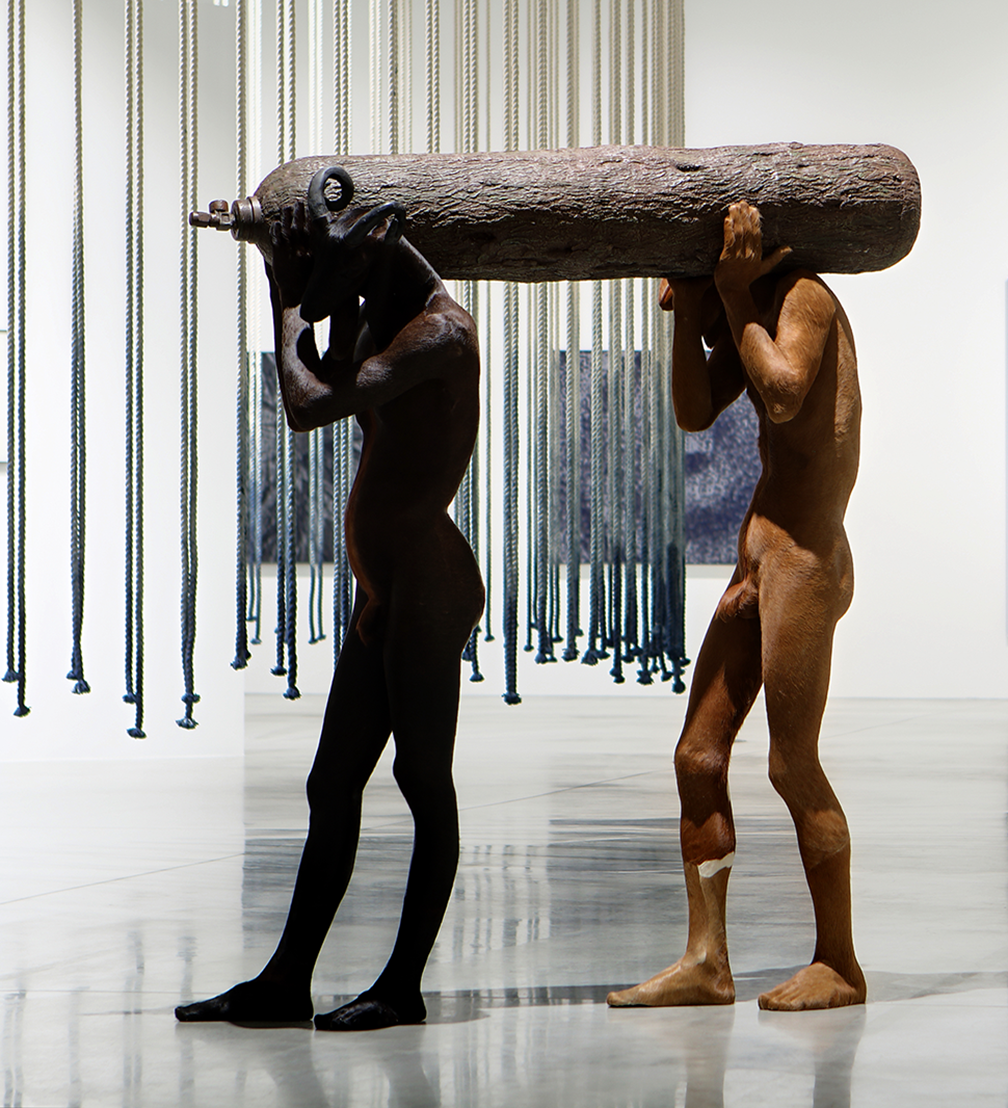
As museums and art centres reopen after months of lockdown and restrictions, Zuzeum invites to the second exhibition of its inaugural year, Cloak and Dagger: India’s Fictional Times, showcasing contemporary painting, sculpture and graphic art from the Zuzāns Collection. The purpose of this exhibition is to offer the viewer a focussed lens with which to engage the vast array of works, frameworks and disciplines present in modern and contemporary art from India.
The exhibition is curated by Shaheen Merali, a curator and writer based in London, who explores the intersection of art, cultural identity and global histories.
India has always existed, long before the era of hashish, hashtags and Hindutva. It exists simultaneously as a civilisation, the Raj, a state, an empire, a colony, an independent country, a rogue nation, a tribal enclave and a superpower. Known as the world’s largest democracy, the globe’s pharmacy, home of the most extensive railway network and Bollywood — the world’s most prolific film producing industry — India is one of the planet’s most populous and diverse nations, with thriving cultures across 28 states and 8 union territories.
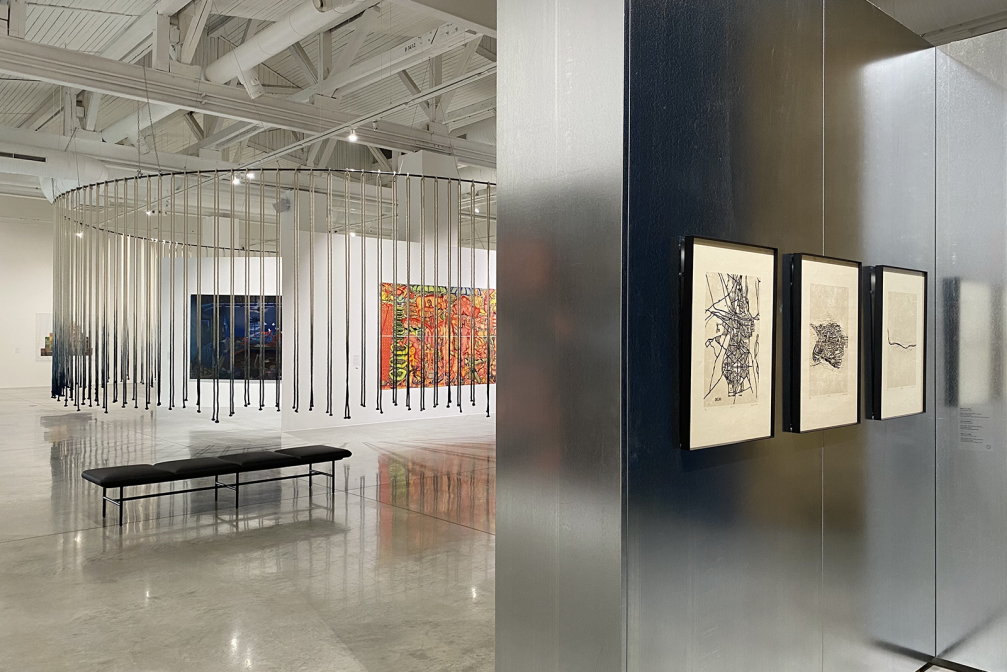
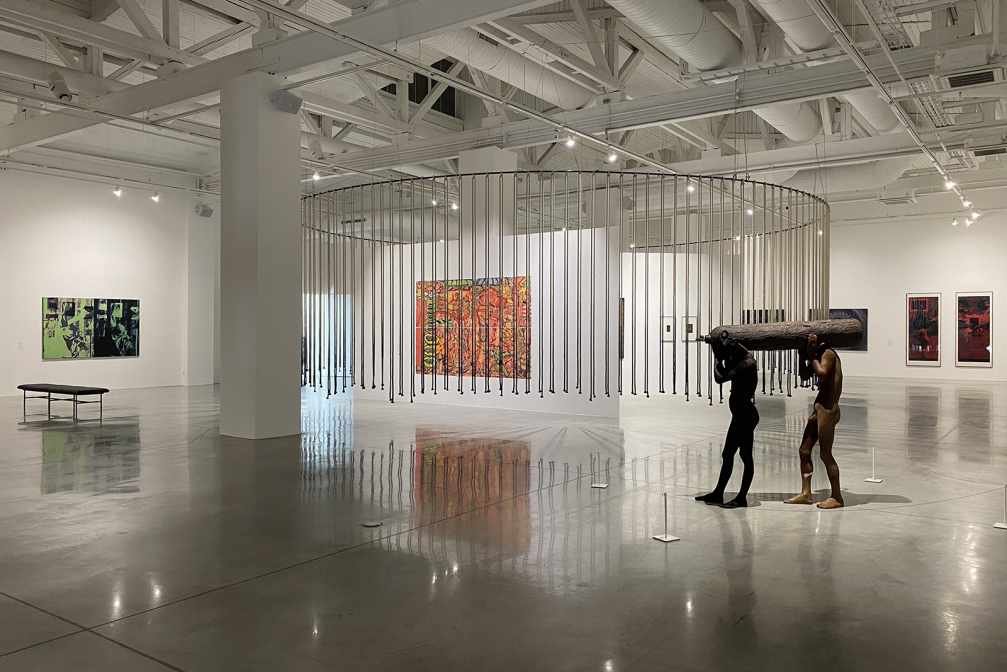
The term Cloak and Dagger has specific connotations in popular culture, providing a useful ploy for game-playing in family settings. But as a genre, espionage in cinema, theatre, publications and more recently on televisual serialisations, it has enjoyed a great deal of public attention. Now more than ever, Cloak and Dagger plays a central role in the current merger between authoritarianism and the commodification, by surveillance capitalism, of personal data. Every time we are online, we are effectively consenting or rejecting the Cloak and Dagger tactics of processing data.
The anticipation of artists from India might seem strange, prophetic even. But it is based on their keen observation of their country. Prediction is a moment of departure and many of the works in the exhibition were made at a time of heightened awareness by artists forced to cope with an even more precarious state of political agitation.
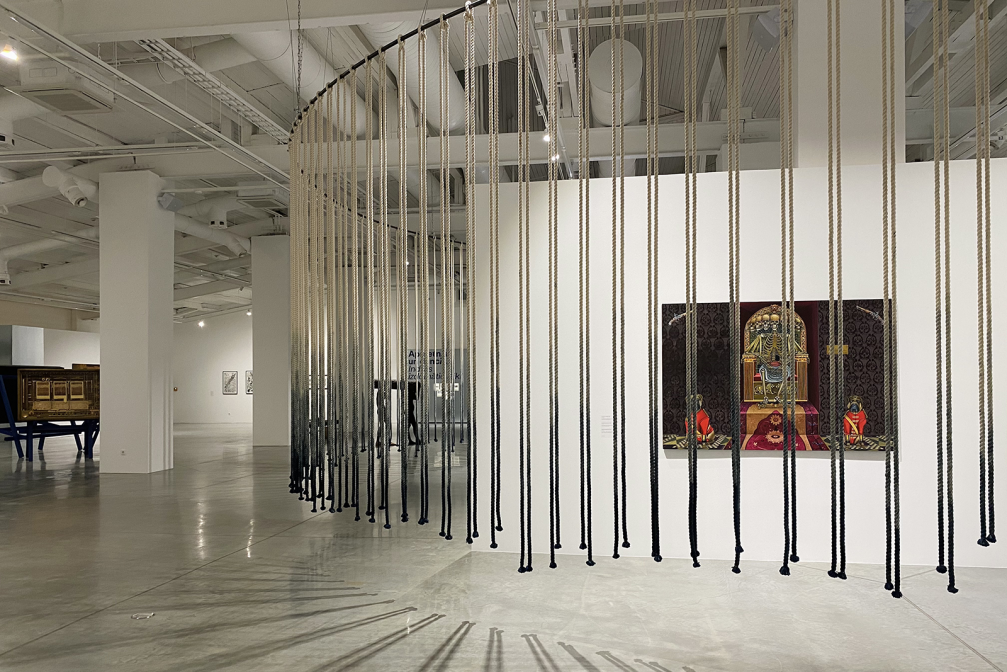
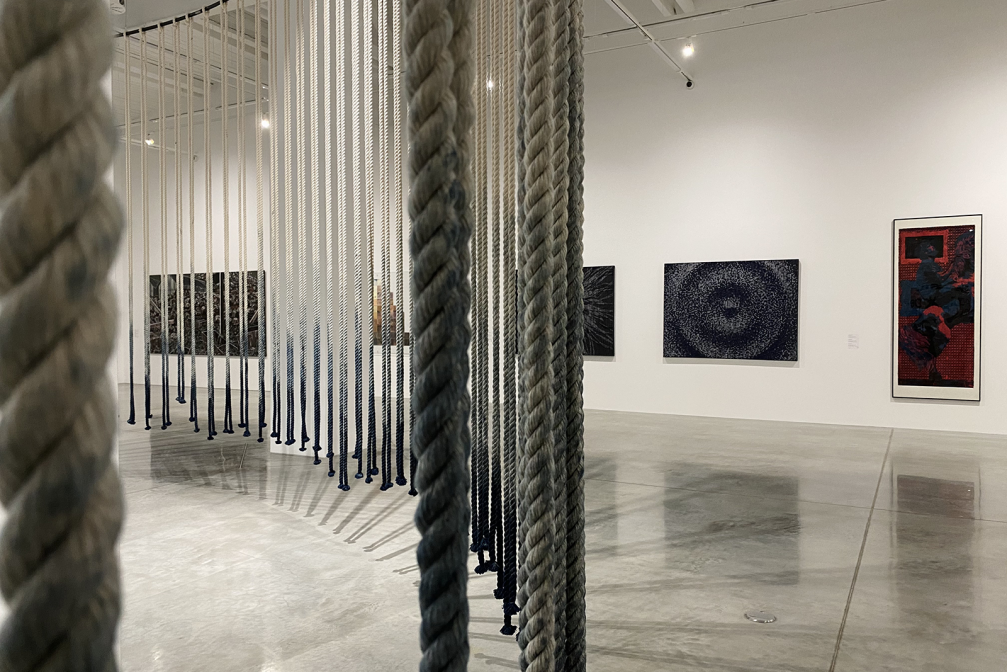
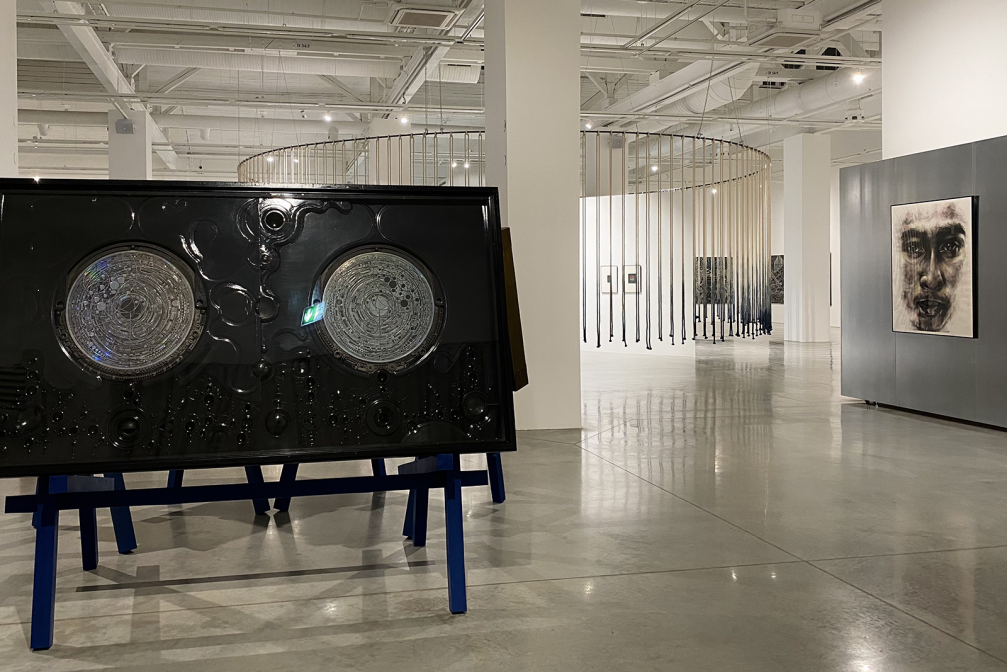
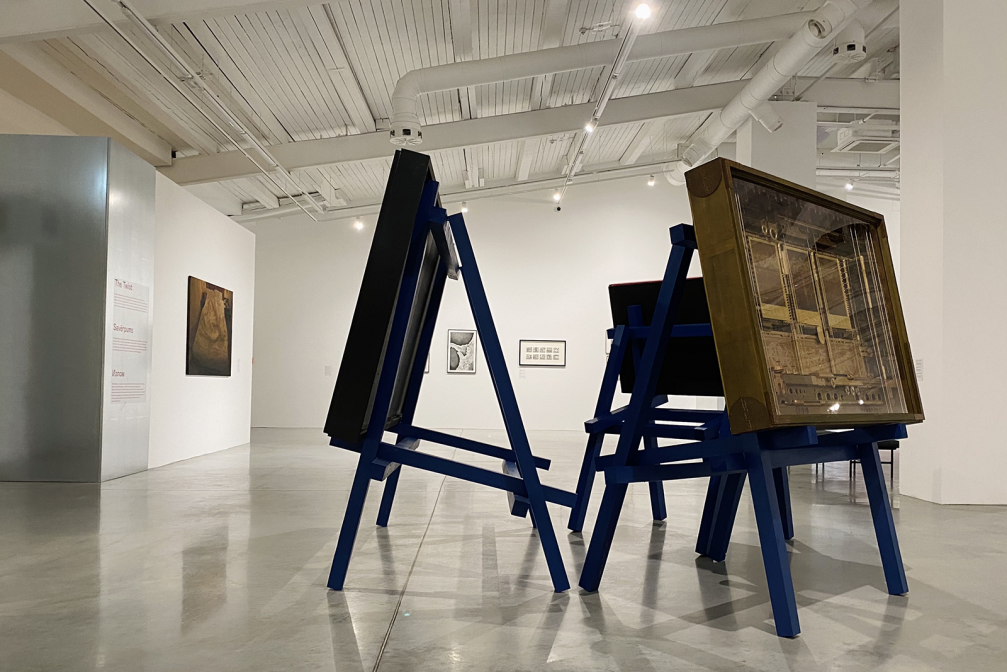
Ieva Zībārte, Exhibitions Director at Zuzeum, explains: «Architecture is present both in the narrative of Indian art on display as well as in the exhibition space. Urban and agrarian areas deprived of nature, the spontaneous Indian environment, the movement of borders and people as opposites to the intimacy of one’s home, room or bed are the focus of attention of many artists in the exhibition.» Evelina Ozola, the architect of the exhibition, has intensified this interest with metal panels, cotton ropes dyed in indigo, the associative shelter of a mosquito net and a fluid layout of themes, allowing the visitor to create an intuitive connection with the exhibition works. A ring of ropes casts ghostly shadows on the floor and vague reflections appear in the metal panels.
The four parts of the exhibition, the Fold, the Circle, the Twist, and the Turn introduce visitors to the works of Zarina Hashmi, Nalini Malani, K. M. Madhusudhanan, Baalaa R., Anupam Roy, Sakshi Gupta, Dilip Chobisa, Ratheesh T., Zakkir Hussain, Siji Krishnan, and many others.
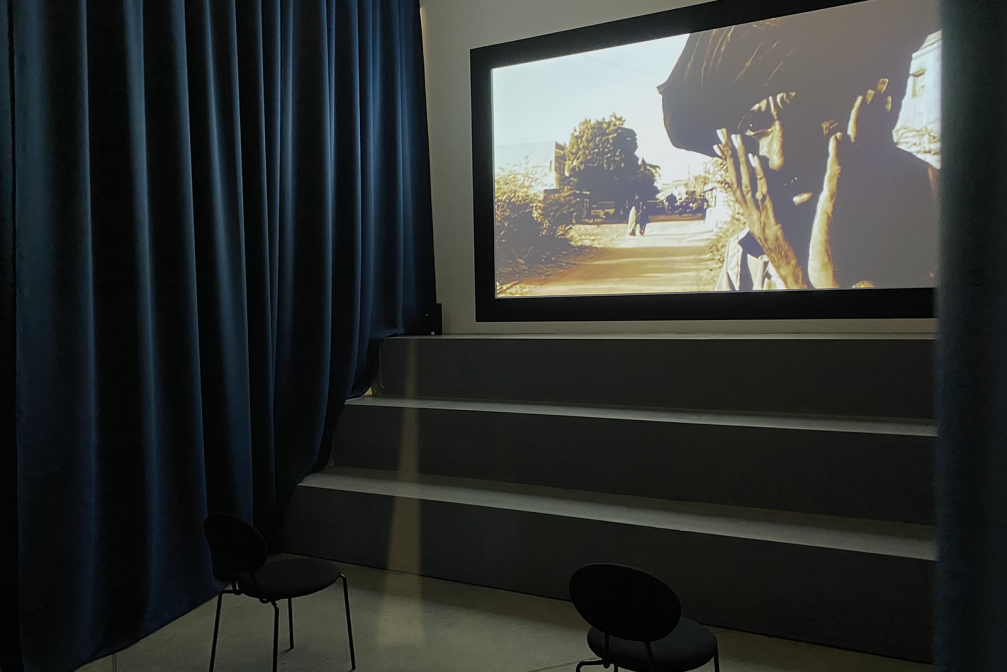
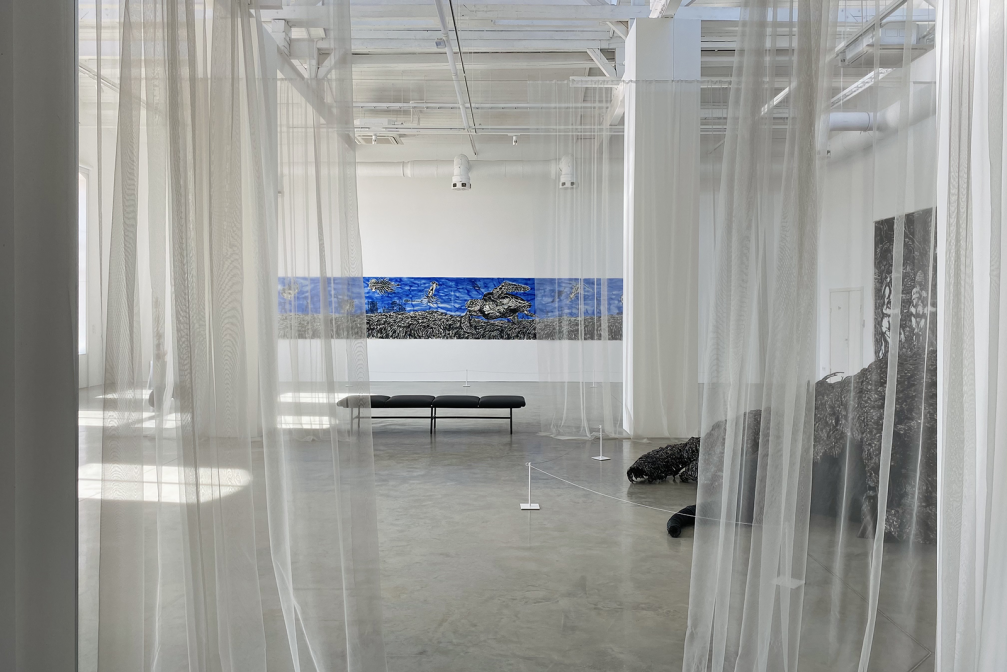
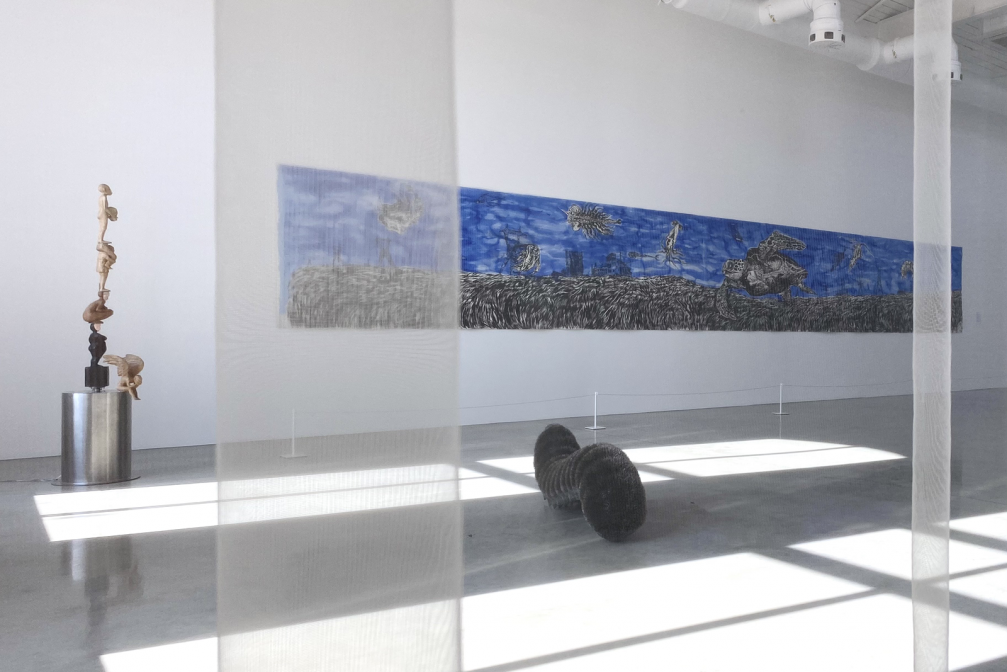
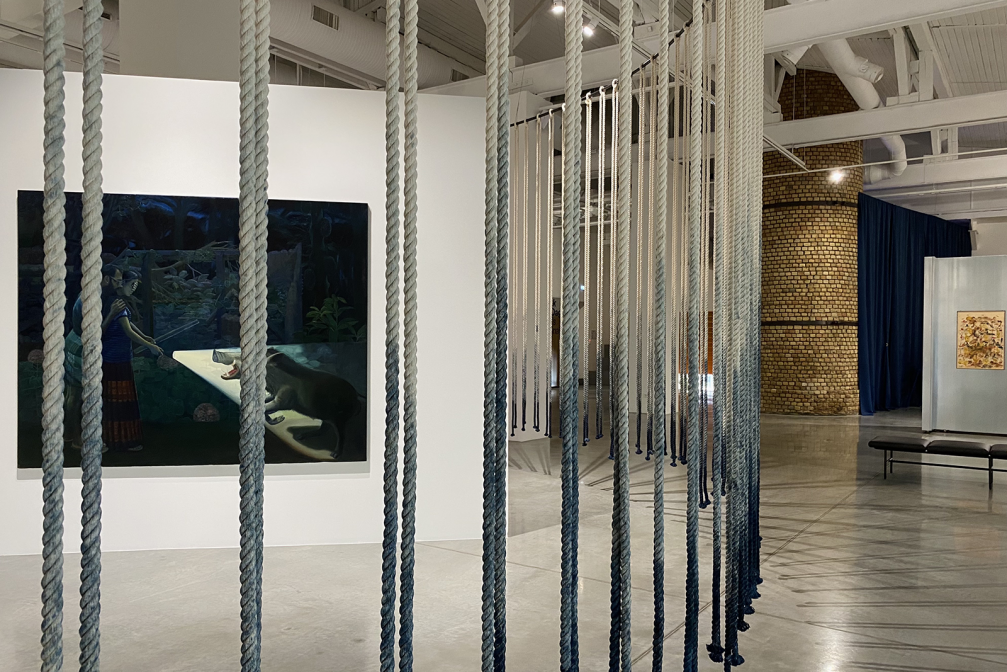
The exhibition features 57 works from the Zuzāns Collection, two films by Natasha de Betak and a site-specific installation, Spring by Paris-based artist Debesh Gosvami, in the open-air sculpture garden.
Zuzeum Art Centre provides a safe environment for visitors and staff. Entrance tickets can be purchased on the website of the Art Centre, as well as in the food delivery app «Wolt».
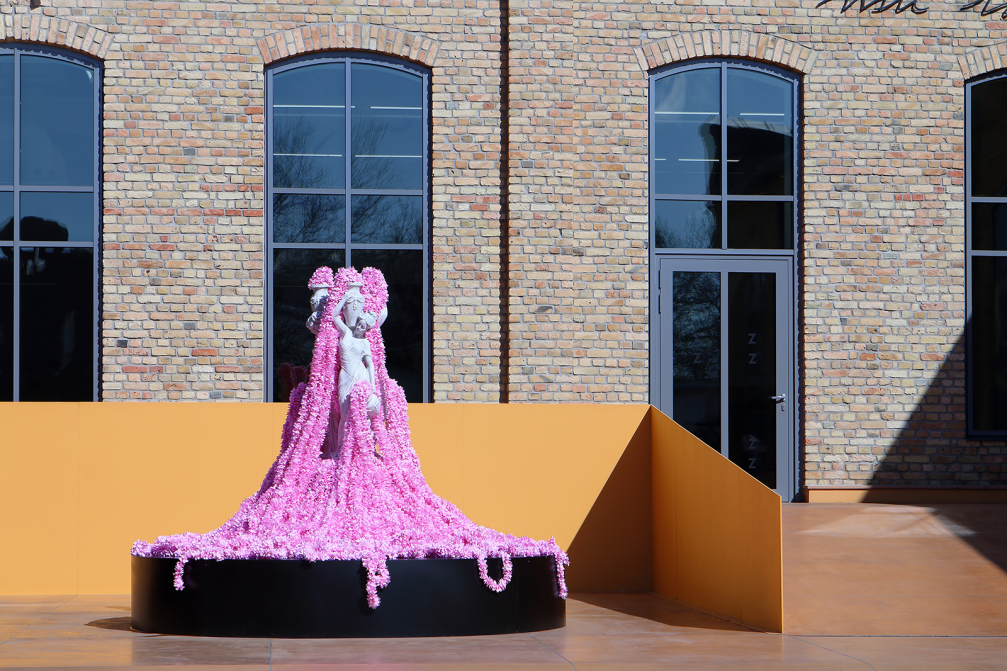
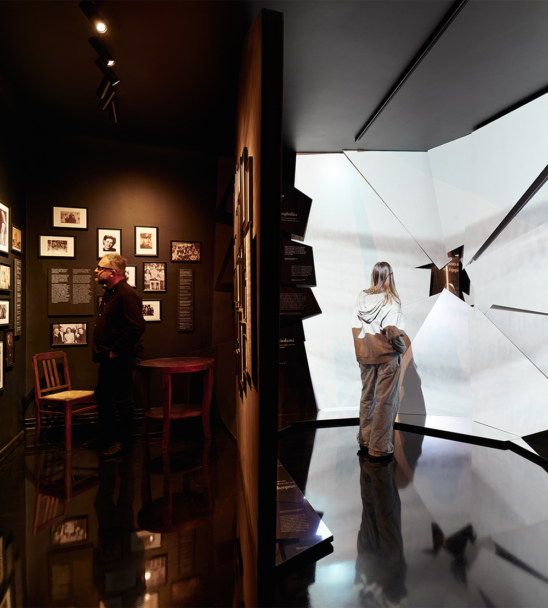
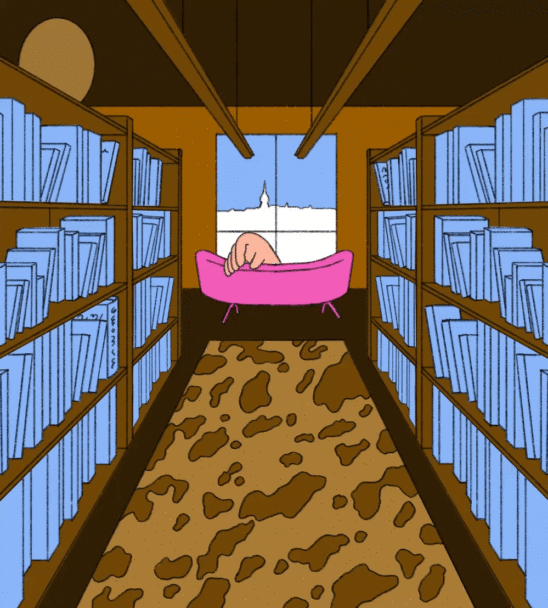
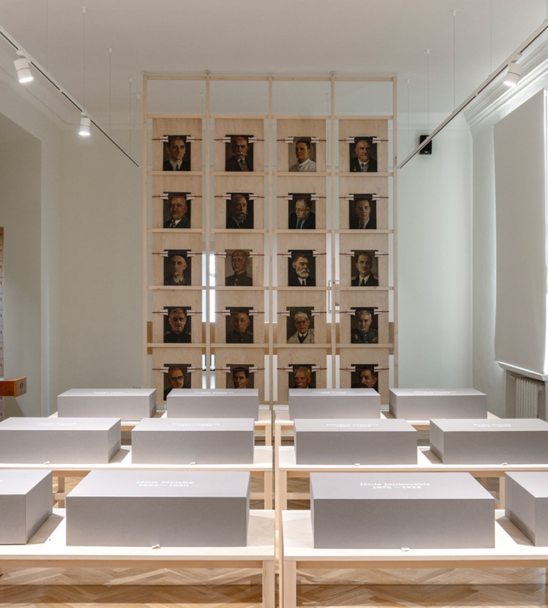
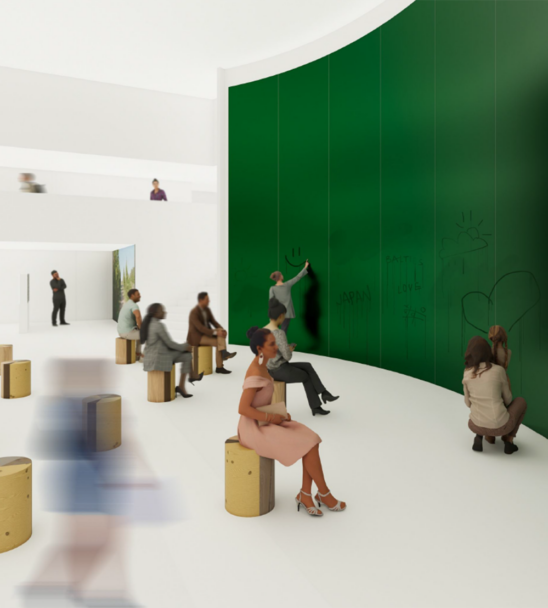
Viedokļi